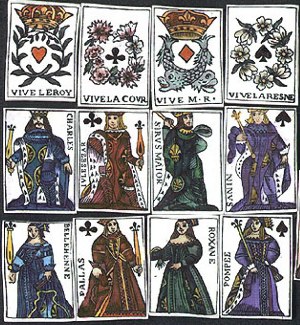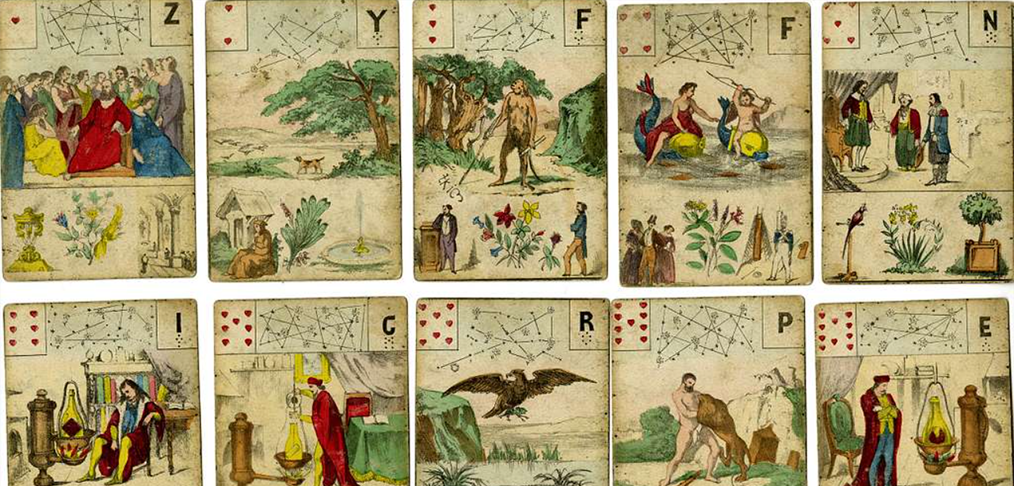The board game, a great History! 2/2
After this unbearable wait, we are back with our time machine, to relieve your curiosity… Where were we again? Ah yes, the Middle Ages!
Knights, elephants and early strategy games
Let’s turn a page of History: we are now in the Middle Ages, in Asia. Chess lovers, this is going to be your moment! In the 6th century, in India, Chaturanga was invented, a strategy game considered as the most distant ancestor of chess. But forget about the King, Queen and Bishop: this is about infantry, cavalry, chariots and… elephants! This is not an insignificant fact since it was the composition of the Indian armies of the time. Chaturanga was already played on an 8×8 square board with 16 pieces. We skip the (very) numerous stages of evolution of the game which will lead only in 1475 to the chess we know today.
Chinese civilization also actively participated in the evolution of board games. We owe them several great names in the field, starting with dominoes around 1120. Although this origin is debated, there is no doubt that these small dice transformed into flat tiles were a great success and spread very quickly throughout the world.
We don’t doubt that you have already heard about Go? It was also in China that it was more or less born. Well, for this one, let us cheat a little: we would need at least 3 articles to talk about Chinese dynasties! So, we will get to the essential point. It is true that Go has origins well before the Middle Ages. But if we consider only its current form, we can say that it appeared around the 15th century. You read correctly: “its current form”. Go is more than 5000 years old and doesn’t show any wrinkle, since it is still very popular today.
Finally, we can also thank the Chinese for a third major invention in the history of the board game. For it was also in China that the first beginnings of printing took place, or at least of the first large-scale production techniques, which will thus allow the invention of playing cards, around 1370. This type of manufacturing then allows the diffusion and the transport of the cards by the Silk Road, notably towards Europe. This phenomenon will of course be reinforced by the invention of the printing press less than a century later, a historic step for humanity and, on a smaller scale, for the evolution of board games.

You will notice that after a gaming trend linked to chance in ancient times, it is mainly strategy games that appear during the Middle Ages. This is probably linked to the fact that during this period, there was no shortage of wars and that it was therefore better to be a fine strategist to get through them.
However, all these gaming advances were strangely not to everyone’s taste: Charles V, Edward III, we are talking about you here! Indeed, the kings of France and England did not like their subjects’ idleness and decided to forbid the practice of all games in their kingdoms. All that seemed to matter to the kings was that their nation was militarily powerful. Too bad they didn’t understand that waging war requires as grey matter as much as arms.
The gameboom: year 0 of the modern gamer
We’re taking a big leap in history, but don’t worry, it’s worth it. We are now in the 19th century and the industrial revolution is in full swing, benefiting all areas of business… including board games, of course (we’re here for that anyway). After the invention of printing, which allowed printing in large quantities, the mechanization of production will allow manufacturing and distributing of ever larger quantities! Man does more but he also does it better: the material is more solid and qualitative, the packaging is improved and the aesthetic aspect is increasingly taken care of. A new objective appears: to maximize the immersion in the game, to always make it more realistic to create a parenthesis in the life of the players.
The combination of this phenomenon and the appearance of intellectual property patents made board games a real business. Ravensburger, Schmidt, Parker Bro… sound familiar? Several publishing houses were born: they were to be the main players in the “gameboom” of the 20th century.
We won’t go over the history of the classics, Monopoly, Diplomacy, Risk… But you will notice once again that the themes of these board games often correspond to current events. Monopoly aims to educate players about capitalism and to criticize this economic system in the context of a crisis (Wall Street stock market crash, it was not a happy time in 1929, remember?), Risk and Diplomacy share the themes of politics, negotiation and strategy and strangely enough, they appear in the middle of the Cold War… Could the board game be the mirror of civilizations?
A continuing history
As far as today’s trends are concerned, it is quite complicated to draw conclusions without some hindsight. But if we were to try anyway, we could sum it up in one word: diversity. There are more and more of us in the gaming community, and it’s not surprising that there are more and more game mechanics: ambient games, cooperative games, deck-building games and escape games are all the rage. Many games stand out and will undoubtedly leave their mark in the history of board games, even if we don’t have the space to mention them all here.
Moreover, since the 2000s, the rise of the Internet has undeniably influenced the world of board games. We can notably mention the appearance of new players in the market, such as crowdfunding platforms that now play a fundamental role in the diversification of the range of games on offer (if you’re interested, we’ve covered this subject in another article). The arrival and massive development of social networks have also contributed to create a new way of communicating about products.
The board game has long ignored contemporary digitalization, but the last few years have seen the introduction of new board game concepts using digital technology. We know how much we, as gamers, value the authenticity and traditions of our favorite games, so we believe that innovation in this field should be introduced in a way that maintains these values while enriching the gaming experience. That’s what we offer with OLEM: modern, innovative and cutting-edge board games that don’t forget the heritage of over 5,000 years of board game history.
You can also find all our other articles here.

Subscribe to the Newsletter !
Express News : 19/03/24
A significant portion of the parts has arrived at the assembler,

GAMA Expo: Key Tips for Selling Your Board Game
At the beginning of March, the LudoTech team traveled to GAMA

LudoTech editorial manifesto 2024
In the ever-evolving world of board games, each day brings its



